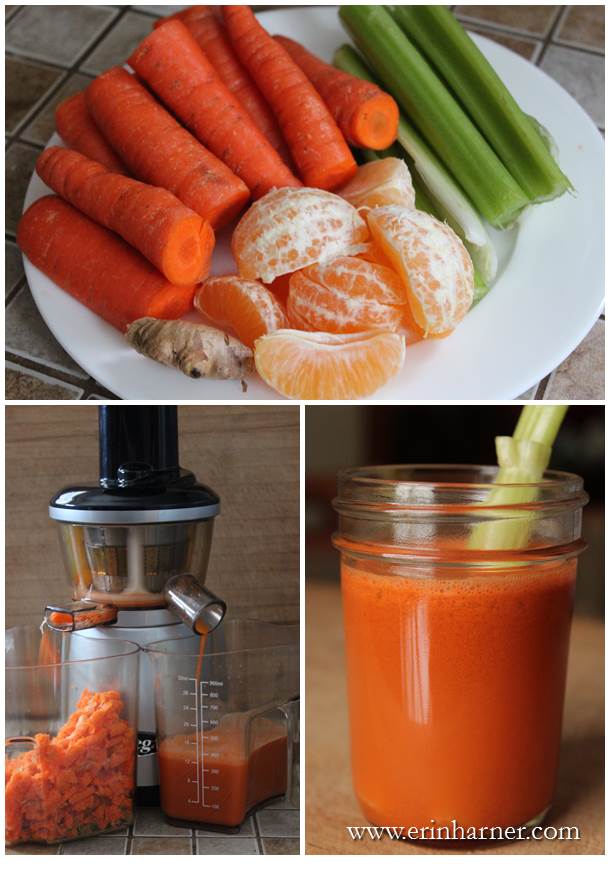Let’s talk about juicing. As a certified health coach and integrative RDN, I’ve had a lot of questions over the years on this topic from readers, clients, and recently Williams-Sonoma asked me to weigh in on the topic. For years, I had some resistance to juicing. Why? When you juice, ‘everybody knows’ that you lose the fiber. It comes out the spout that goes into the compost, fed to the chickens, or tossed in some cookies or veggie burgers (more on this soon).
But this is what I’ve discovered and daily and intermittent juicers have discovered it too: yes, you lose some fiber when you juice, but what you gain is pure, vibrant, energetic, nutritious liquid gold loaded with vitamins, minerals, phytonutrients, antioxidants, and live enzymes. Now let me be clear, we’re talking about juicing at home with mostly vegetables and some fruit and drinking it soon after you juice. This is a big departure from the processed pasteurized juice many Americans have with their breakfast each morning.
My motto is “eat real food”. So why would you want to juice when you could just eat the produce whole? Here are my top 3 reasons to juice:
- Juice is pure nutrition extracted from the whole food that includes everything in the whole food except some of the fiber. You can drink a pint of juice in a few minutes whereas it would take a long time to chew the same quantity of produce.
- Have an overabundance of CSA veggies or cucumber coming out of your garden faster than you can eat it? Don’t compost it, juice it. You can juice pretty much any fruit, veggie, or leafy green including pineapple, parsnips, and kale.
- Juice is raw. Especially in the winter, eating platefuls of salad just isn’t that appealing to most when there’s snow on the ground. In the fall and winter months, much of our food is cooked and lacking live enzymes and vitality.
I think these are pretty good reasons to juice, but if you’re just getting started, don’t worry. The first thing you need is a juicer. I LOVE our Omega VRT350 Dual-Stage Vertical Low Speed Juicer but any juicer will do. Next, you need some produce. Start with what you have in the fridge and branch out from there. There are endless combinations so try some fruit and some veggies in your juice to start.
The juice in the photos is a pretty basic newbie juice with some veggies and fruit. If you want to give it a try, it’s pretty delicious. Here’s the recipe:
Clementine, Carrot, Celery, and Ginger Juice (Yield is about 1 pint)
- 4 medium carrots
- 2 stalks celery
- 2 clementines or 1 orange
- 1/2 inch piece of ginger
That’s it! It takes a couple minutes to prep, a couple minutes to make the juice, and a couple minutes to clean the juicer (no more than 5-7 minutes from start to finish once you get the hang of it).
For more information about juicing, check out these resources:
- Is Juicing Healthy? Blog post previously published on www.erinharner.com
- Juicer resources from Williams-Sonoma
Do you have any tips or tricks for the newbie juicer? Leave a comment below.

